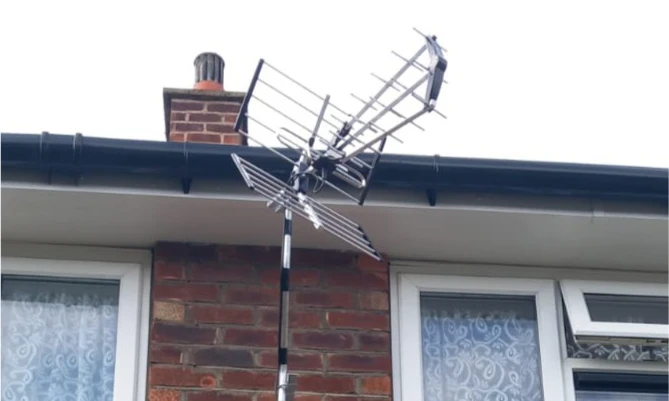
With the increasing popularity of streaming services and smart TVs, traditional television might seem like a thing of the past. However, many people still rely on free-to-air broadcast channels for news, sports, and entertainment. If you're considering setting up a TV aerial to access these channels, you might be wondering whether you can install it yourself. In this blog post, we'll explore the ins and outs of DIY TV aerial installation and help you determine whether it's a feasible option.
Before we dive into the DIY aspect, it's essential to have a basic understanding of TV aerials. A TV aerial, also known as an antenna, is a device that captures broadcast signals from terrestrial transmitters and converts them into the television channels we watch. These signals include over-the-air broadcasts from networks like BBC, ITV, Channel 4, and more.
The idea of DIY TV aerial installation might sound appealing, especially if you're confident in your technical abilities. However, there are several factors to consider before deciding whether you should tackle the installation yourself.
While some individuals may successfully install a TV aerial themselves, there are situations where professional TV aerial installation is strongly recommended:
In conclusion, the decision to install a TV aerial yourself depends on various factors, including your location, the complexity of the installation, your technical skills, and your comfort with working at heights. While some people may successfully complete DIY aerial installations, it's essential to weigh the risks and benefits carefully.
If you're uncertain about any aspect of the installation process or have safety concerns, it's advisable to seek professional help. Hiring an experienced installer can ensure a smooth and safe installation, allowing you to enjoy reliable access to free-to-air broadcast channels without the hassle and potential risks of a DIY project.
Schedule a survey and quote from your local engineer.

Our network of trusted engineers covers large parts of the UK. Find your local engineer today.
Browse All Locations

Company Number: 12446921.
Registered in England.
Copyright © Grande Digital / TOG Services Ltd.
All Rights Reserved.
